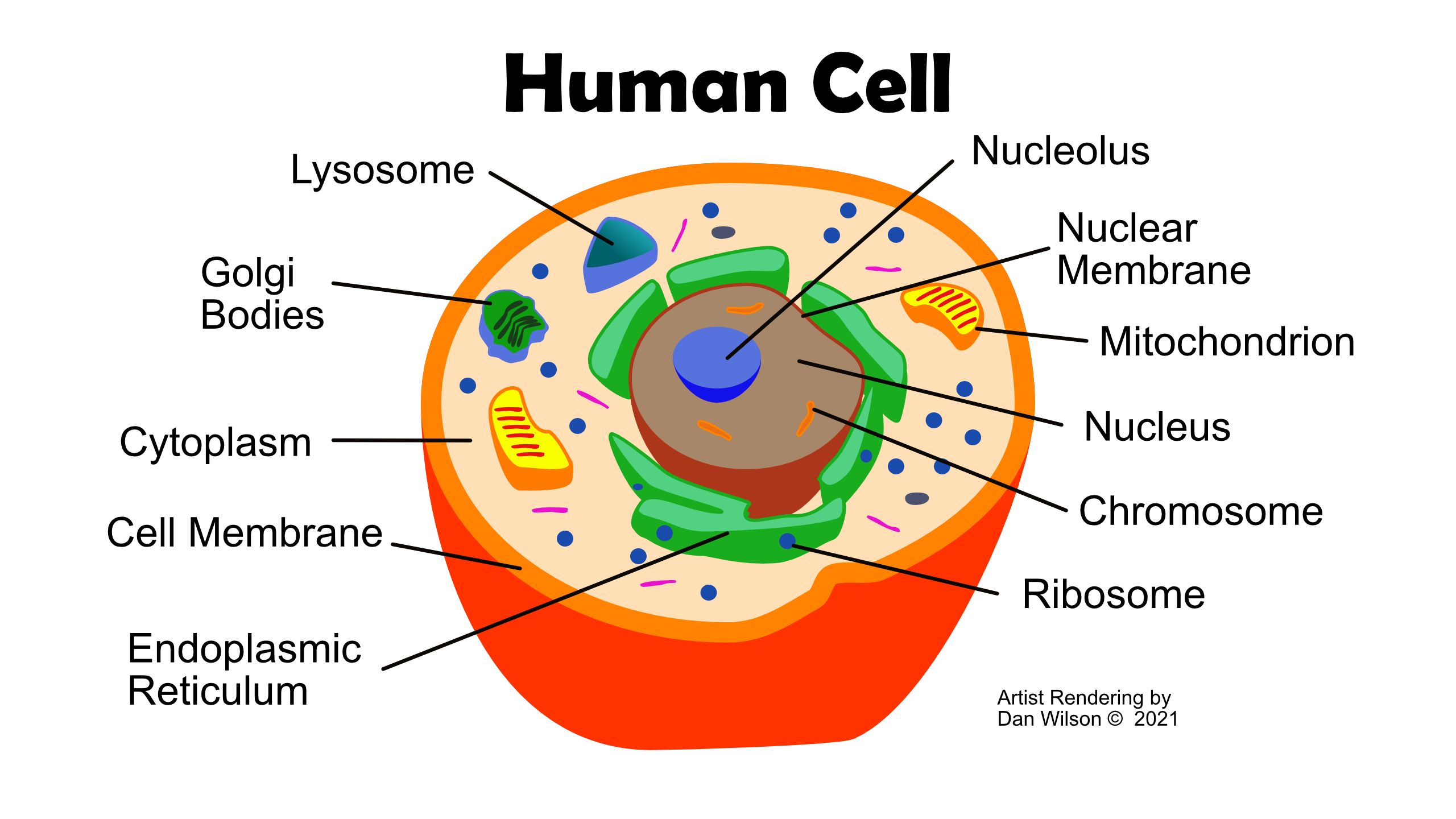The cell is the basic unit of life in living organisms. It is highly organized structure that carries out all of the functions necessary for life. Cells have a variety of specialized structures, called organelles, that perform specific functions within the cell. They are also classified by their shape and function.
Tissue is a group of similar cells that perform a specific function in an organism. There are four main types of tissue in the body: epithelial, connective, muscular, and nervous. Epithelial tissue lines the surfaces of the body and forms glands, connective tissue supports and binds other tissues, muscular tissue makes movement possible and nervous tissue is responsible for sensing changes in the environment and coordinating responses.
At the tissue level of organization, cells work together in groups to perform specific functions. For example, muscle tissue is composed of muscle cells that contract to produce movement, and nervous tissue is composed of nerve cells that transmit and process information. The combination of different types of tissues creates various organs that perform specific functions in the body.
Cell Structure:
Organelles are specialized structures within a cell that perform specific functions, similar to the organs in the body, but on a much smaller scale. Some examples of organelles include:
- The mitochondria, which generate energy for the cell through cellular respiration.
- The endoplasmic reticulum (ER) and Golgi apparatus, which are involved in protein and lipid synthesis and transport.
- The ribosomes, which are responsible for protein synthesis.
- The lysosomes, which contain enzymes that break down waste materials and cellular debris.
- The nucleus, which houses the cell’s genetic material (DNA) and controls the cell’s activities.
- The cell membrane, which acts as a barrier and regulates the movement of substances in and out of the cell.
Each organelle has a specific structure and function and cells often have multiple copies of each organelle to perform their functions efficiently. They communicate with each other to coordinate cellular processes.
Tissue Cells:
Tissue is a group of similar cells that perform a specific function in an organism. There are four main types of tissue in the body:
- Epithelial tissue: lines the surfaces of the body and forms glands, composed of tightly packed cells that form a barrier. It can be classified based on the number of cell layers and the shape of the cells.
- Connective tissue: supports and binds other tissues, composed of diverse group of cells embedded in a matrix of extracellular fibers and ground substance. It includes blood, bone, cartilage, adipose (fat), and fibrous tissues such as tendons and ligaments.
- Muscular tissue: makes movement possible, composed of cells that can contract and relax. There are three types of muscle tissue: skeletal, smooth and cardiac.
- Nervous tissue: responsible for sensing changes in the environment and coordinating responses, composed of nerve cells (neurons) and supporting cells (glia). Neurons transmit and process information, while glia provide support and insulation for neurons.
Each type of tissue has specific characteristics, functions and locations in the body, and the combination of different types of tissues creates various organs that perform specific functions in the body.
Important Concepts:
Some other important concepts in cell biology include:
- Cell division: The process by which cells reproduce, essential for the growth and repair of tissues. There are two main types of cell division: mitosis and meiosis.
- Cell membrane: The thin layer that surrounds the cell, acts as a barrier and regulates the movement of substances in and out of the cell. It is selectively permeable and composed of lipids and proteins.
- Cell signaling: Communication between cells, essential for the coordination of cellular activities, can occur between cells of the same type or between different cell types and is mediated by various molecules.
- Cell metabolism: The chemical reactions that occur within cells, necessary for the cell’s growth, reproduction, and maintenance of life. It can be divided into catabolism and anabolism.
- Cell cytoskeleton: The internal structure of the cell that provides support and shape to the cell, composed of protein filaments that run through the cytoplasm of the cell. It helps the cell to maintain its shape, move, and divide.
Cell biology is a vast and complex field that is constantly being studied, and new discoveries are being made all the time.
Text Books:
There are many excellent textbooks on cell biology, and the best one for you will depend on your level of study and specific interests within the field. Some popular and widely used cell biology textbooks include:
- “Cell and Molecular Biology: Concepts and Experiments” by Gerald Karp. This textbook is considered a classic in the field and is widely used in undergraduate and graduate level cell biology courses. It provides a clear and concise introduction to the subject, as well as a wealth of experimental data, figures and tables.
- “Cell Biology: A Short Course” by Stephen R. Bolsover, Jeremy S. Hyams, Elizabeth A. Shephard, Hugh A. White. This textbook is geared towards advanced undergraduate and graduate students and is known for its clear explanations of complex concepts and its focus on the latest research in the field.
- “Molecular Biology of the Cell” by Alberts, Johnson, Lewis, Raff, Roberts and Walter. This textbook is widely used in undergraduate and graduate level cell biology courses, it’s known for its clear and concise explanations of complex concepts and is illustrated with detailed figures, tables, and micrographs.
- “Cells: An Introduction to the Molecular, Cellular and Developmental Biology” by Benjamin Lewin. This textbook is written for non-specialists and provides a clear and concise introduction to the subject, it covers the latest research in the field and it’s heavily illustrated.
These are just a few examples of the many excellent cell biology textbooks available. It’s always a good idea to check with your instructor to see which textbook is being used in your course or recommended for your level of study.

